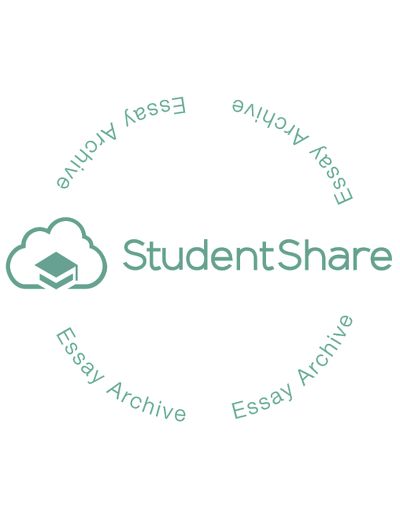Cite this document
(“GREGGS Bakers. A Short-term Digital Marketing Communications Plan Essay”, n.d.)
Retrieved from https://studentshare.org/marketing/1397472-greggs-bakers-a-short-term-digital-marketing-communications-plan
Retrieved from https://studentshare.org/marketing/1397472-greggs-bakers-a-short-term-digital-marketing-communications-plan
(GREGGS Bakers. A Short-Term Digital Marketing Communications Plan Essay)
https://studentshare.org/marketing/1397472-greggs-bakers-a-short-term-digital-marketing-communications-plan.
https://studentshare.org/marketing/1397472-greggs-bakers-a-short-term-digital-marketing-communications-plan.
“GREGGS Bakers. A Short-Term Digital Marketing Communications Plan Essay”, n.d. https://studentshare.org/marketing/1397472-greggs-bakers-a-short-term-digital-marketing-communications-plan.


